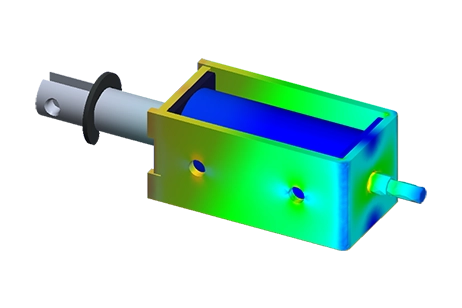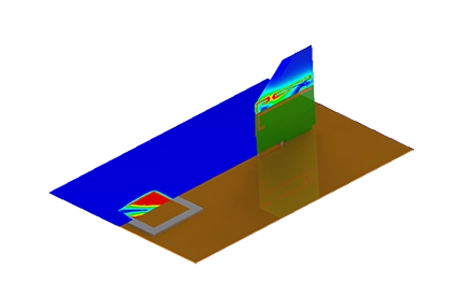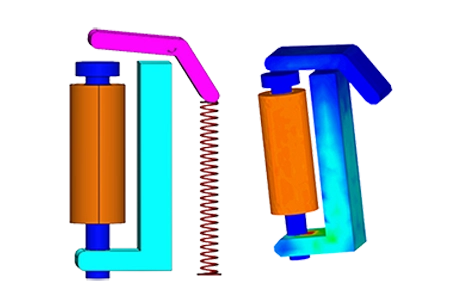Master PMSM Design – Join Our Course on December 16, 2025 -
Register Now!
Electromagnetic Actuator and Solenoid Simulation
Design and verify force, stroke and response time on 3D models by computing fields, forces, currents, heating and losses before prototyping.
Electromagnetic actuators, solenoids and electromechanical systems must meet force, stroke and response-time targets within size and power limits. EMWorks electromagnetic simulation computes fields, force, current, heating and losses on the 3D geometry so you can tune coil turns, materials and dimensions and verify performance before building hardware.
-

Linear and rotational actuators
Use EMWorks to model linear and rotary solenoids, voice-coil actuators, and custom mechanisms on your 3D/2D CAD. Evaluate force, stroke, current, heating, and dynamics before building prototypes. -

MEMS
Use EMWorks to model MEMS sensors and actuators directly on your geometry. Evaluate forces, capacitance, pull-in, and dynamic response before fabrication to refine layouts and reduce test iterations. -

Eddy Current Brakes
Use EMWorks to model eddy current brakes directly on your 3D geometry. Compute braking torque versus speed, analyze losses and temperature rise, and compare materials and coil configurations so you can meet performance and safety targets with fewer prototypes.

